 |
| Did a quick trip to Wellington and back today, to take Alice back to her flat, after her weekend at "home". Saw this big Scania 730 on the wharf all loaded up to go somewhere. |
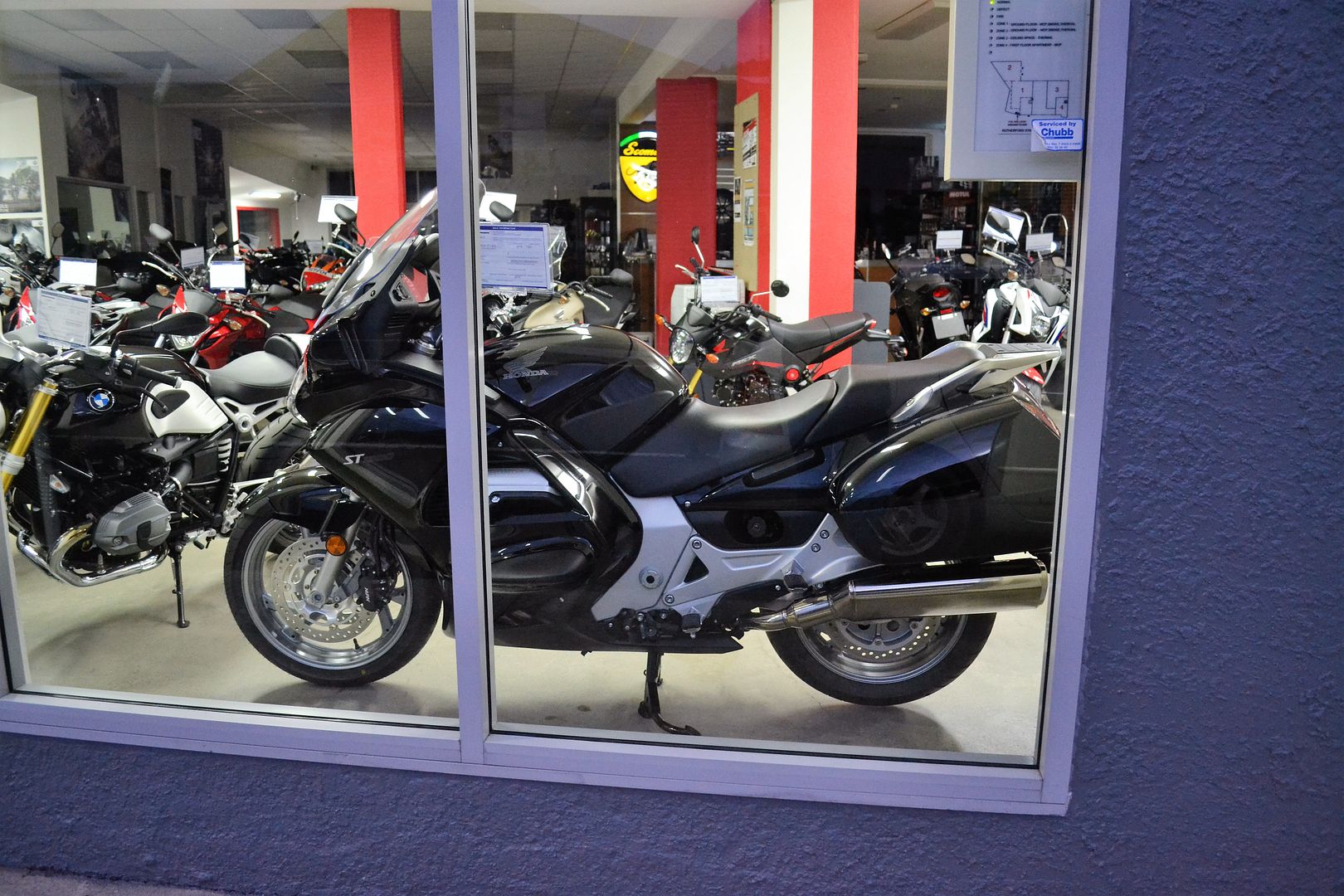 |
| Honda's ST1300 is also a big bike, but it's more than $10,000 less. |
 |
| Did a quick trip to Wellington and back today, to take Alice back to her flat, after her weekend at "home". Saw this big Scania 730 on the wharf all loaded up to go somewhere. |
 |
| Honda's ST1300 is also a big bike, but it's more than $10,000 less. |
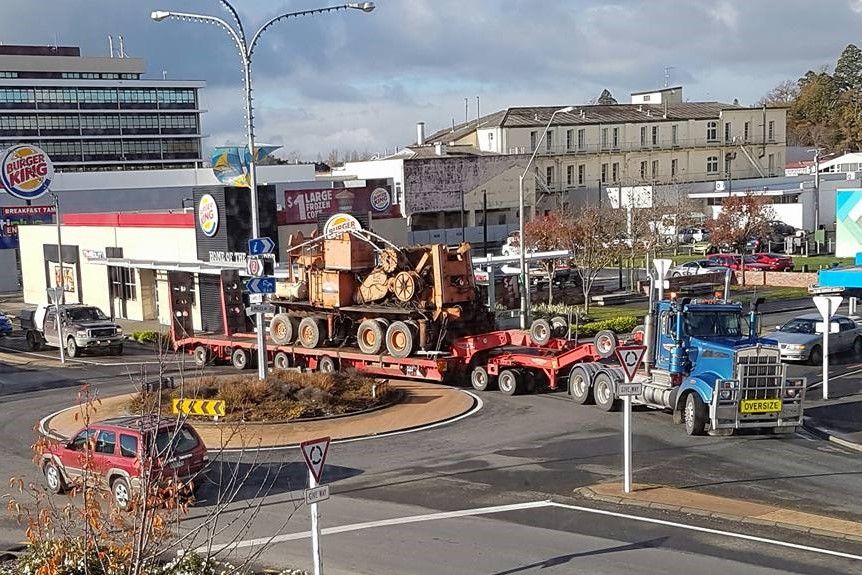 |
| This great pic is from Alec Birch, who managed to snap Satherley's Kenworth T904, from Masterton's municipal buildings, as it negotiated the Lincoln Road, Chapel Street roundabout. |
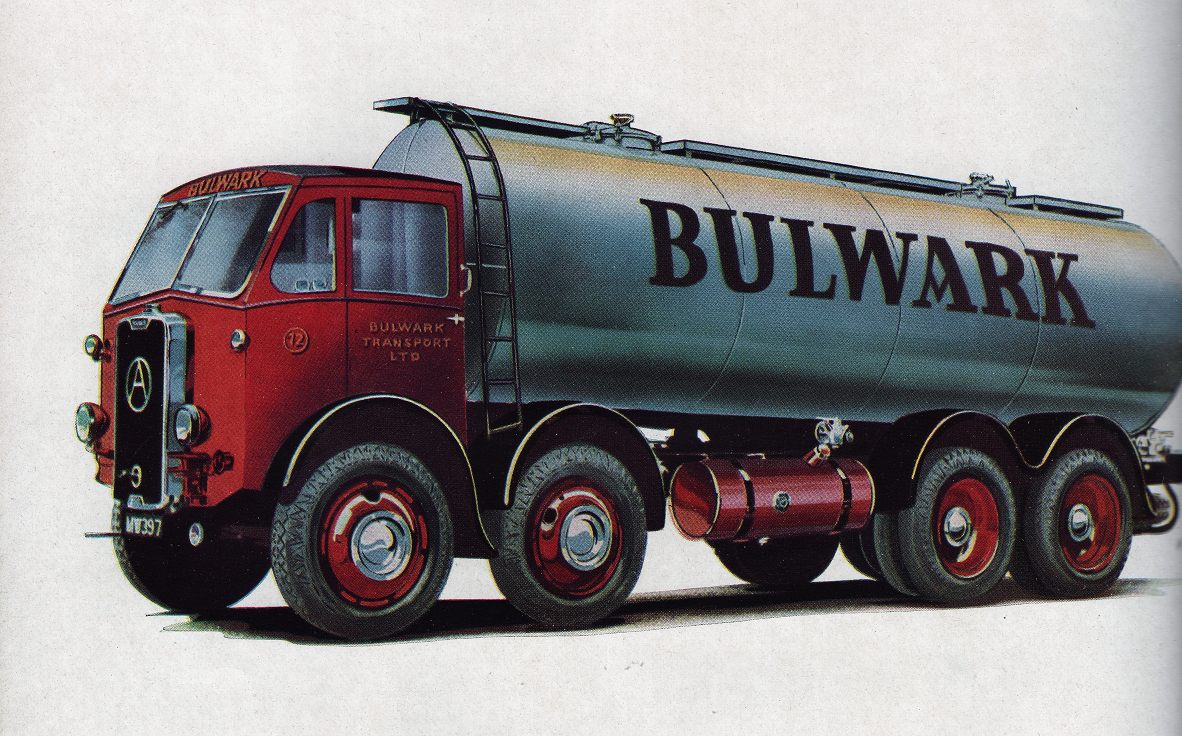 |
| Atkinson 8-wheeler with Gardner diesel power. |
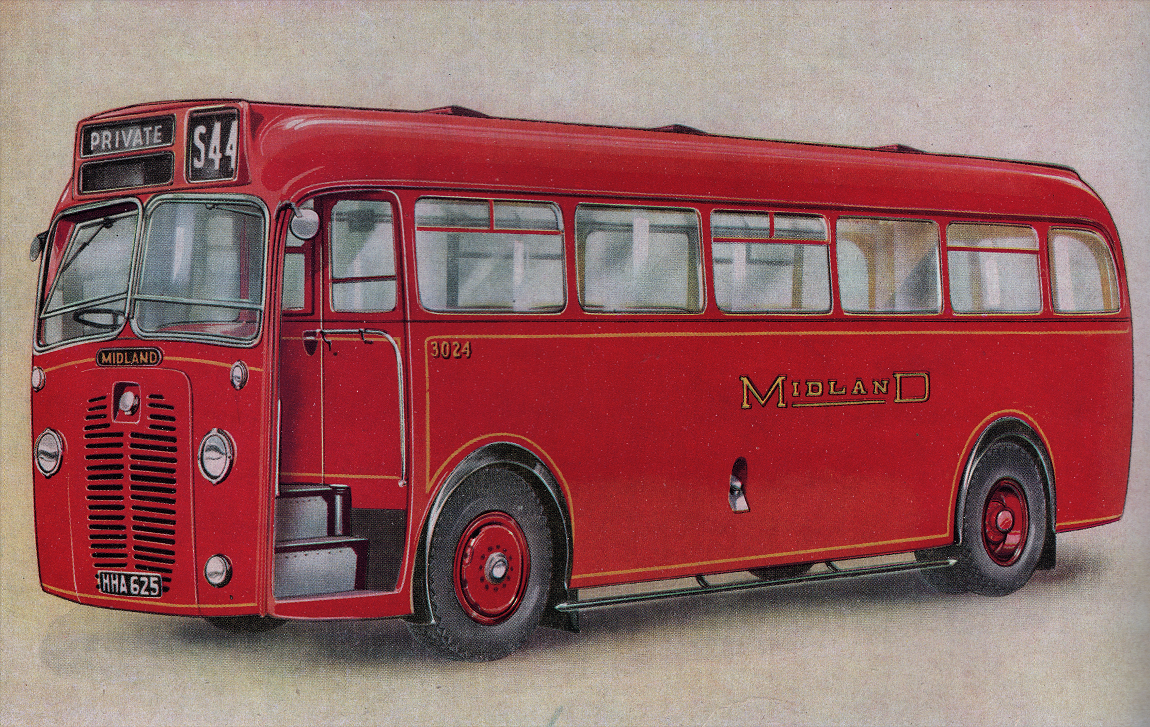 |
| Metropolitan-Cammell-Weymann body on a bus of the Midland Motor Omnibus Company, but unfortunately it doesn't tell us what the chassis is.. |
 |
| Guy Arab single decker. |
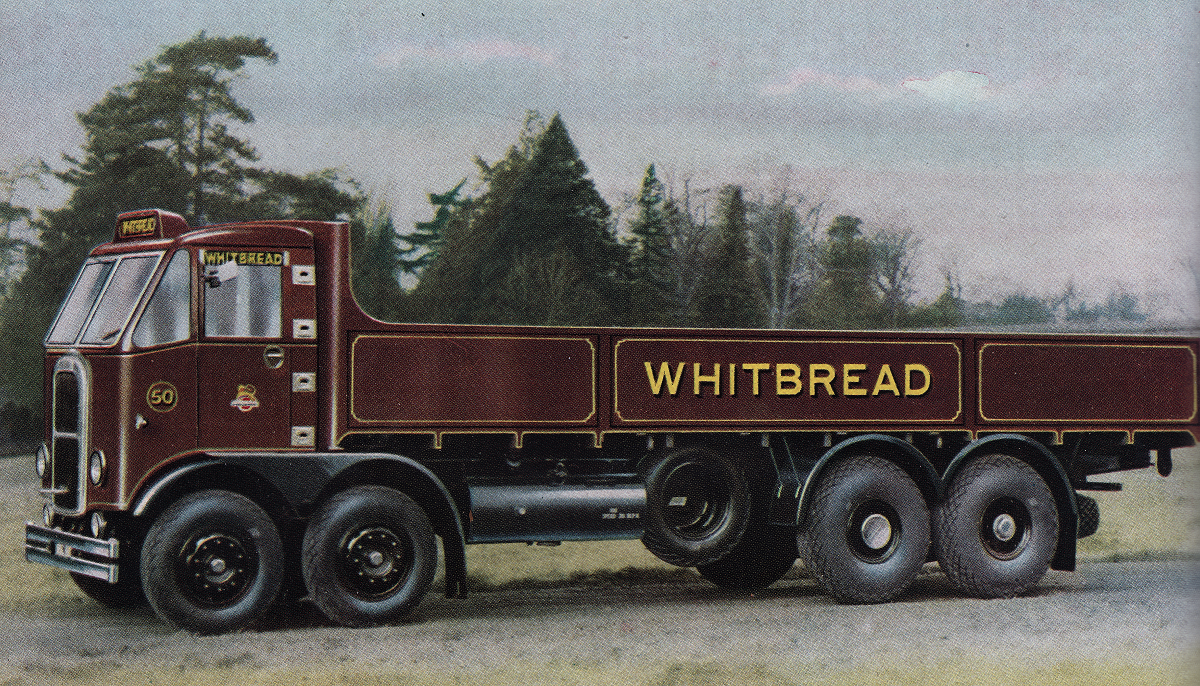 |
| Scammell 8 wheeler. Note the big balloon singles on the back axles. |
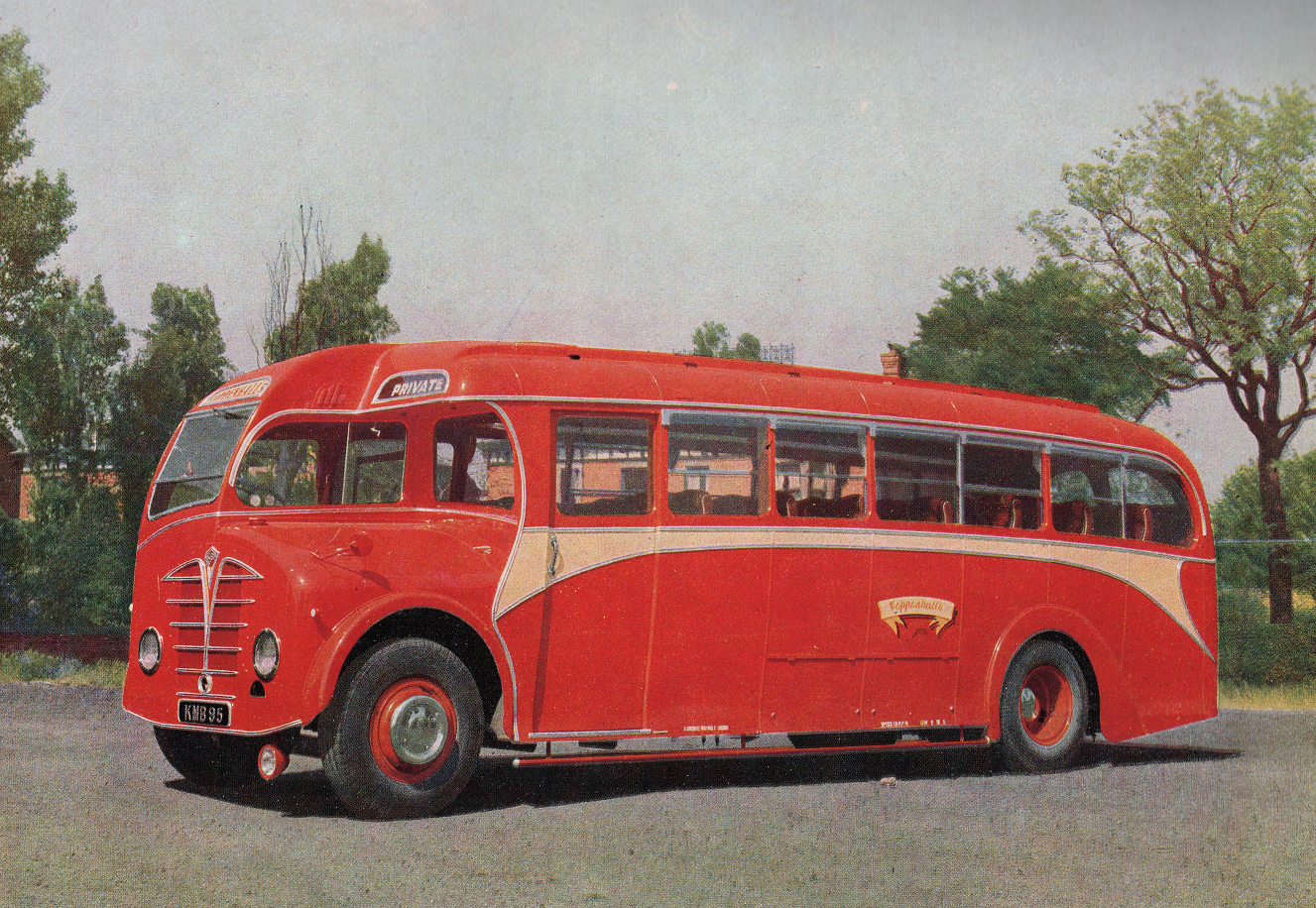 |
| 32 seater Foden with body by Wadham Brothers Limited. |
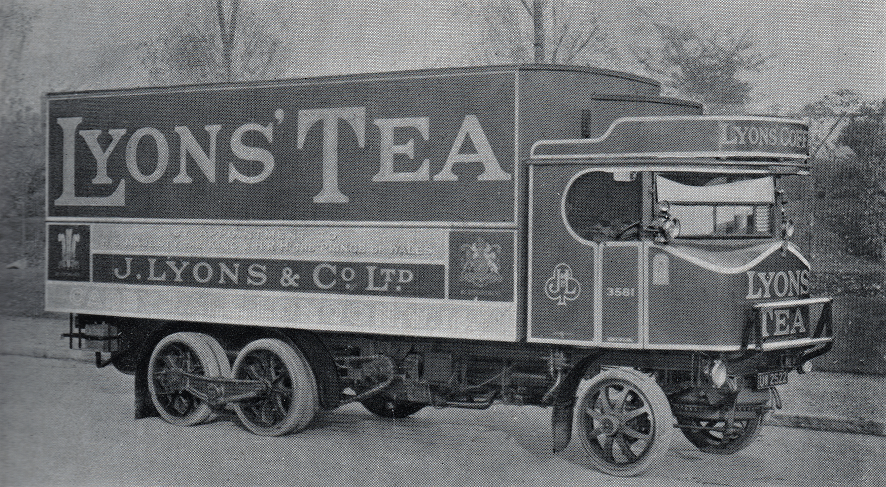 |
| This 1928 Sentinel steam truck was a large truck in its day and must have been an uncomfortable ride on its solid tyres, but at least it had a semi-closed cab. |
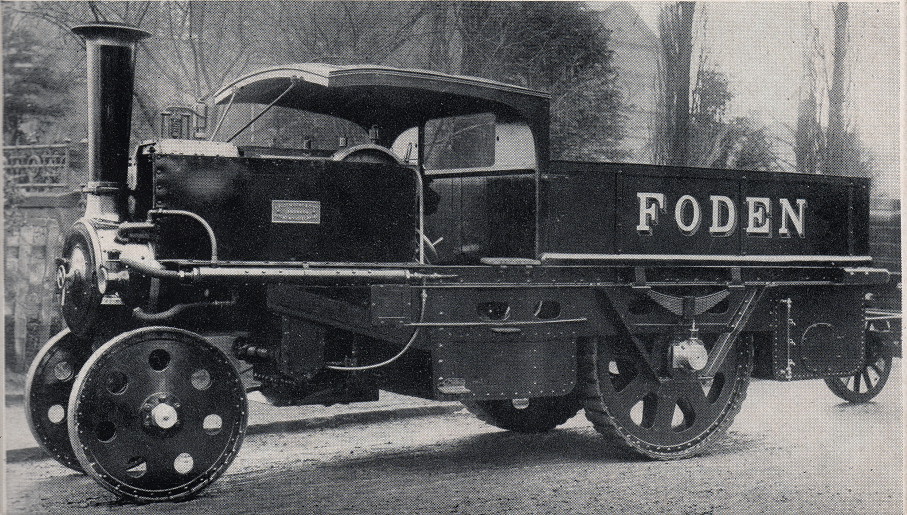 |
| This earlier Foden has much more of a locomotive look, with a roof, but no windscreen.. |
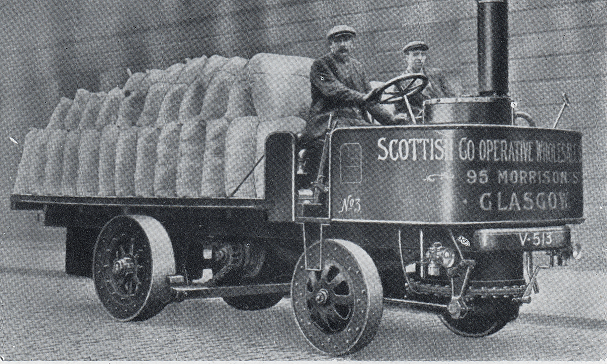 |
| This 1907 Sentinel has an open deck and an open cab. |
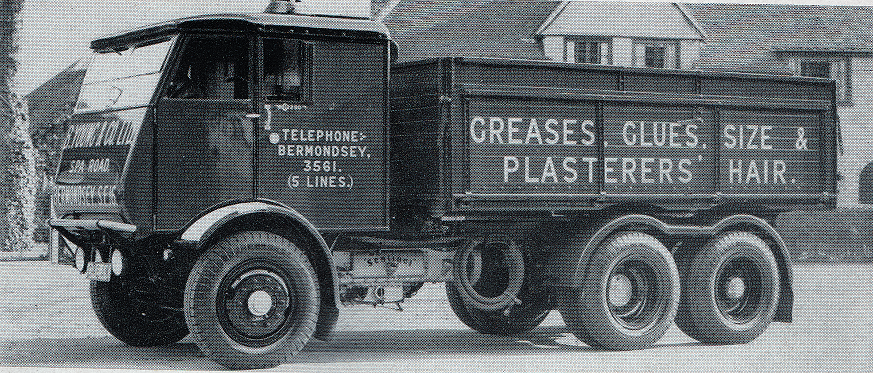 |
| Although this Sentinel, of 1933, has pneumatic tyres, a closed cab and a much more conventional appearance, it is still powered by steam. |
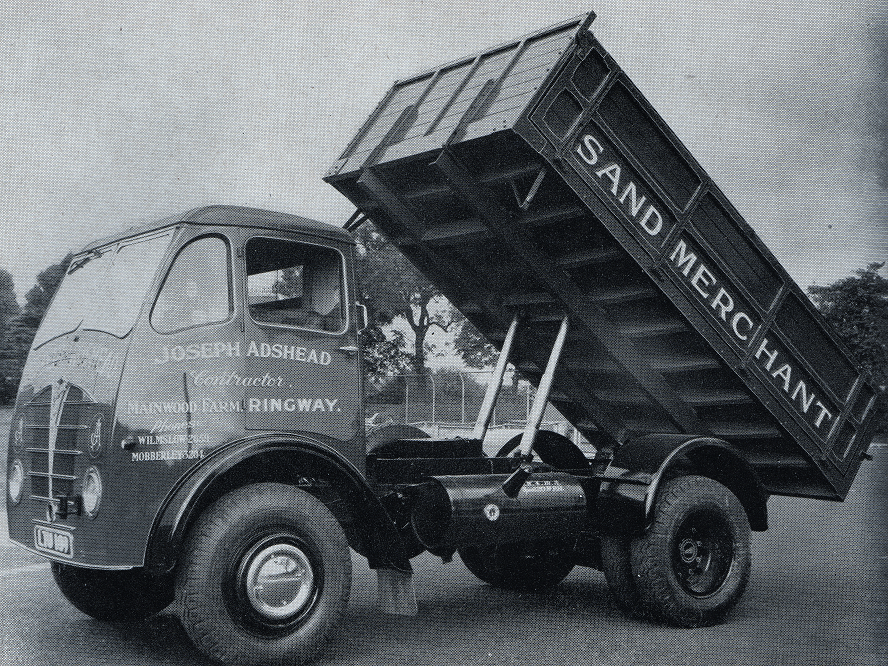 |
| A Foden of the 1940s is diesel powered. |
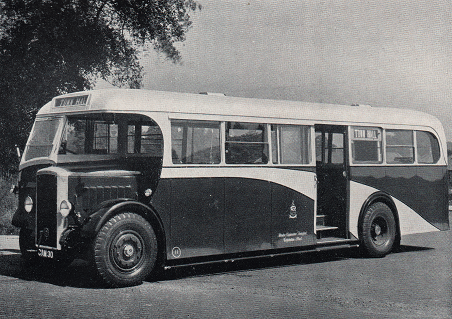 |
| Daimler buses of the late 1930s were typical of British buses of this time, with their driver in a separate compartment. A design referred to as half-cab. |
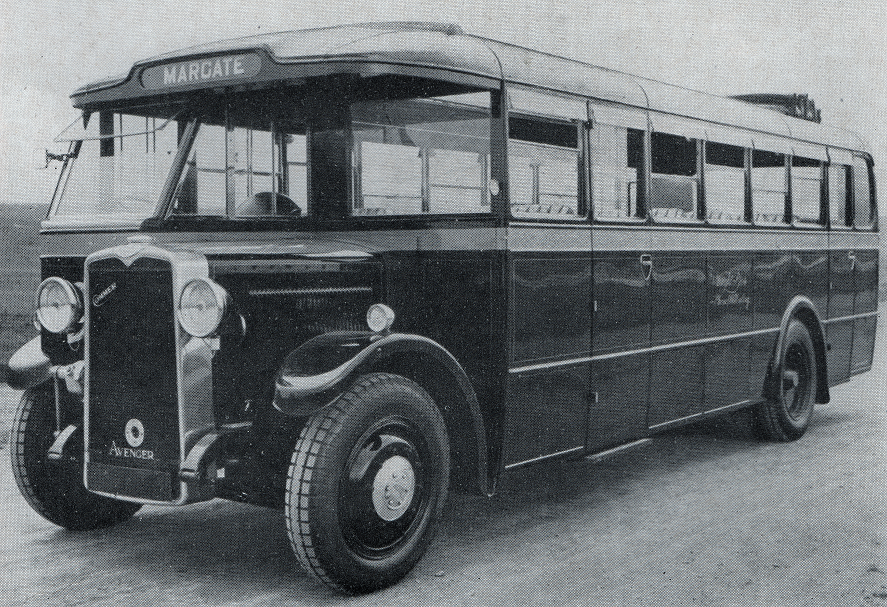 |
| The Commer Avenger of 1929/30 was also of similar design. Later Avengers from the 1960s on, were powered by the powerful, but noisy TS3 two-stroke diesel. |
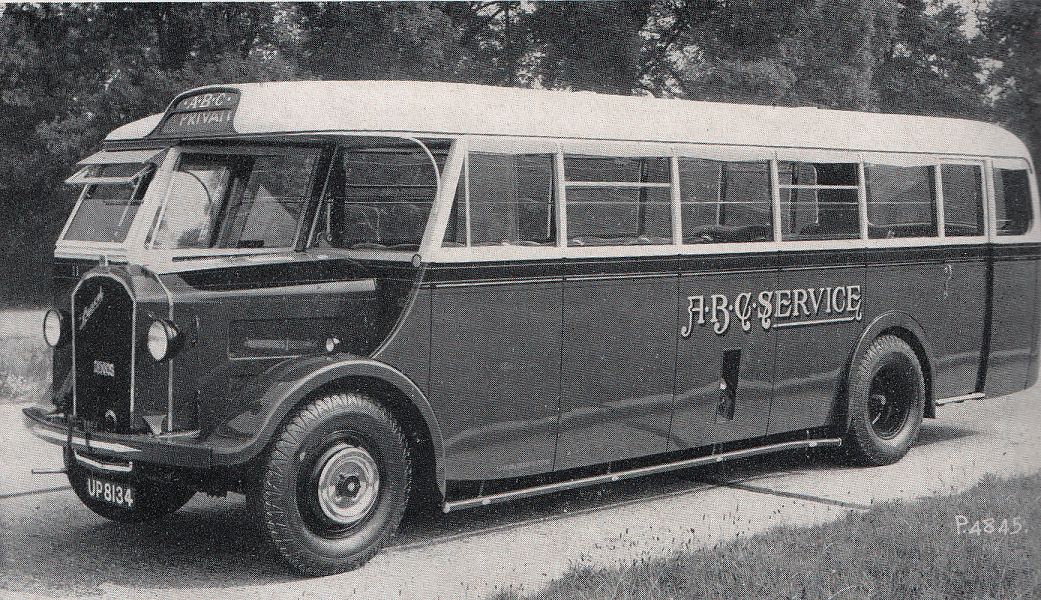 |
| Diesels were becoming the power plant of choice in buses of the 30s, but many operators still preferred petrol powered units, like this Dennis Lancet |
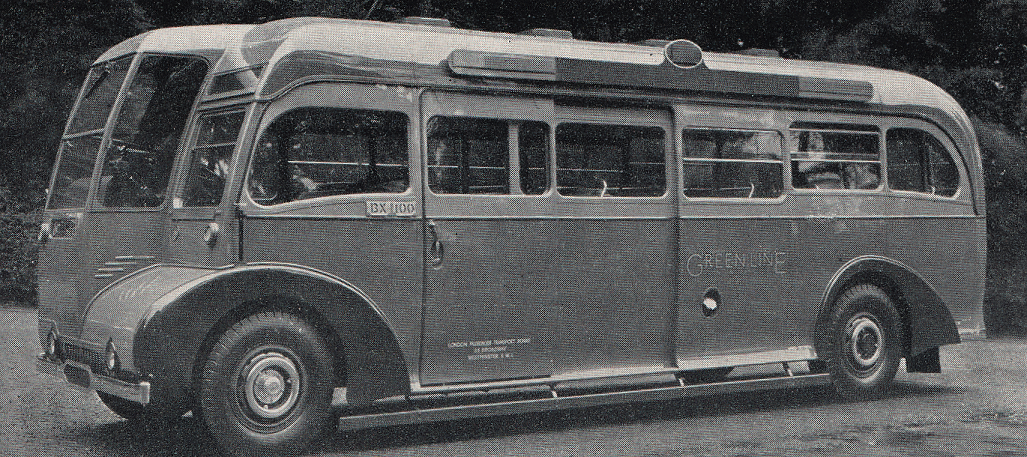 |
| Late 1930 Leyland has the passenger area extended further forward than was normal for its time. This was partly due to the fact that the engine was under the floor. |
 |
| Earlier buses, or chars-a-banc as they were called, had folding tops, similar to cars of the time. This one is a 1911 Karrier. |
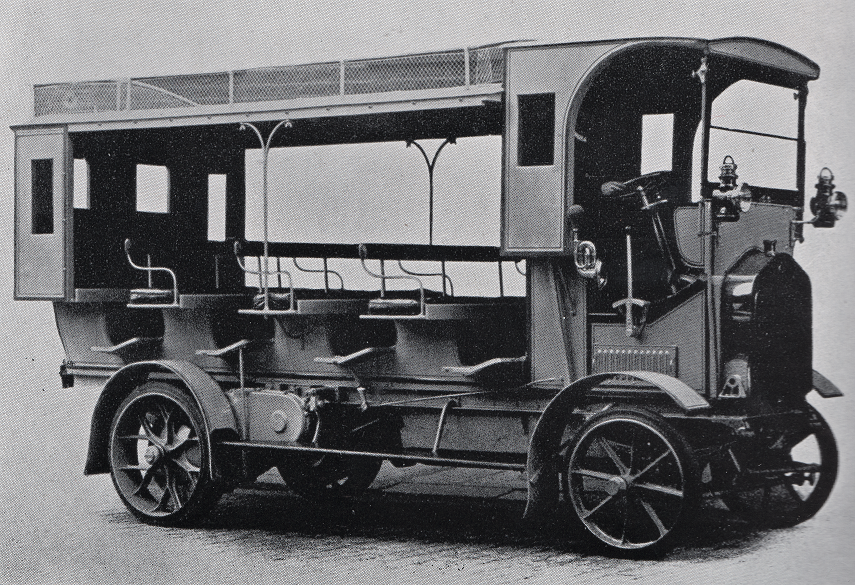 |
| This 1912 model is also a Karrier, but has a solid roof, but no sides and forward control. |
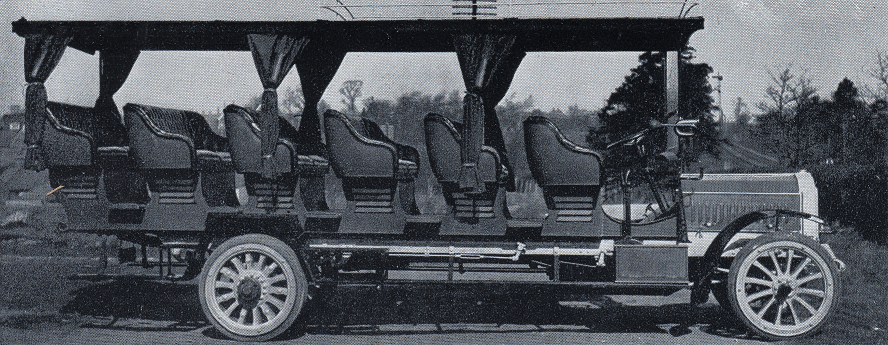 |
| The 1905 Dennis, shown here, has a solid roof and folding side curtains. |
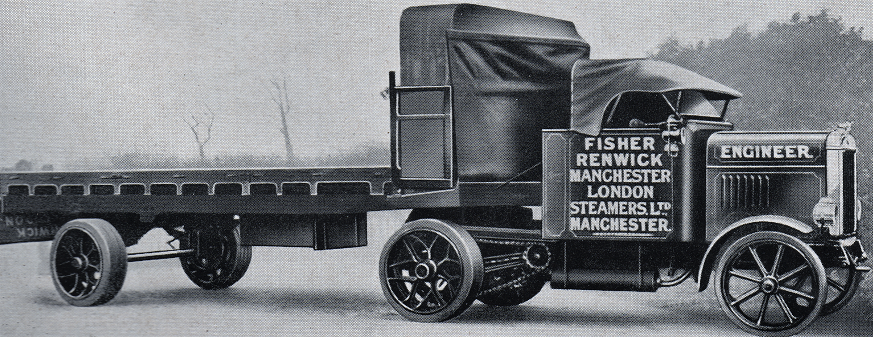 |
| One of Scammels solid tyred articulated rigs of 1923, only a year after the company began. |
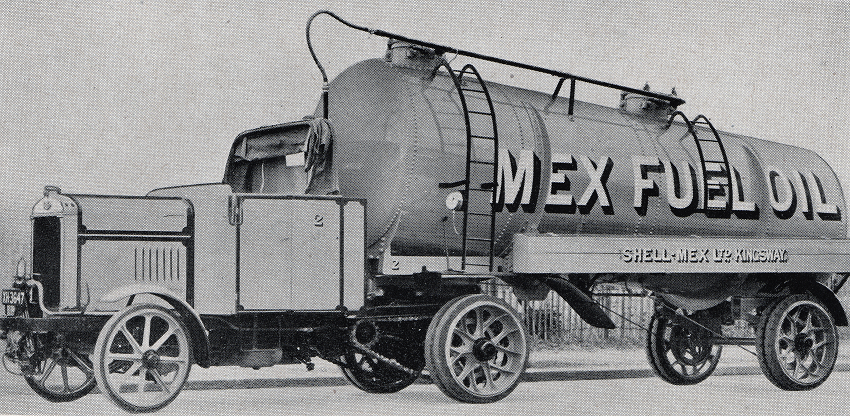 |
| By 1926 Scammel were already building tanker trailers which were frameless. |
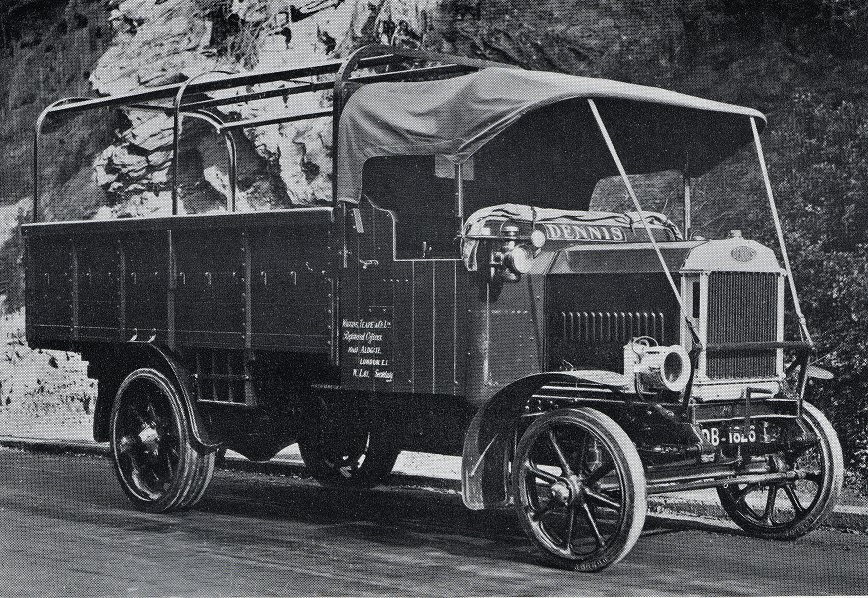 |
| The Dennis A type was used throughout the First World War. |